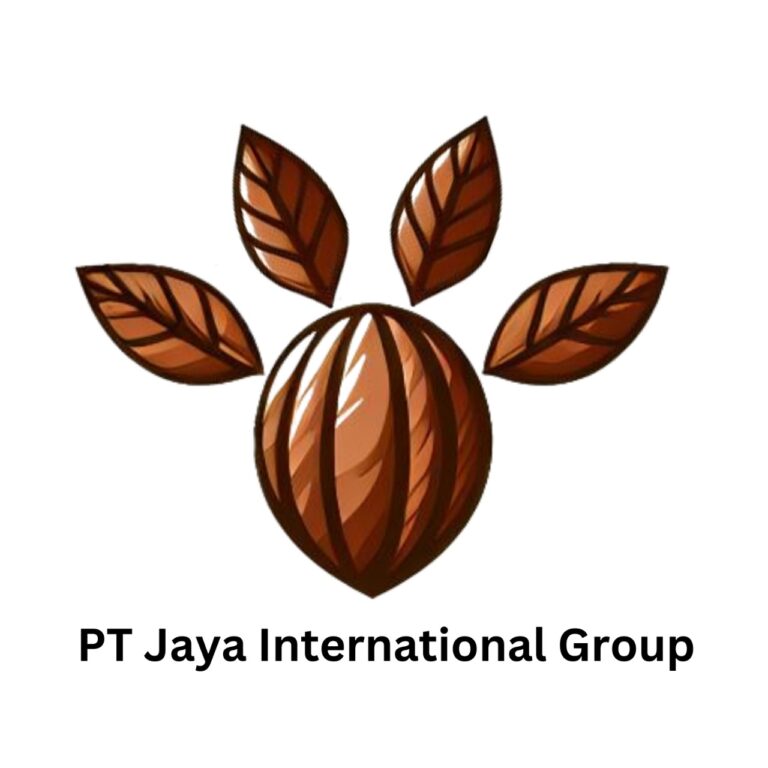Imagine a cargo ship loaded with containers, each filled with blocks of cocoa liquor the very foundation of chocolate. While the beans come from tropical farms, the cocoa liquor is often processed in specialized factories before making its way into global markets. This product may look simple, but it plays a strategic role in the world’s chocolate industry.
In this article, we will explore the opportunities and challenges shaping the international trade of cocoa liquor, and why it is becoming such an important product in the global supply chain.
🍫 What is Cocoa Liquor?
Cocoa liquor, also called cocoa mass, is a paste made from ground, roasted cocoa nibs. It contains both cocoa solids (which bring flavor and color) and cocoa butter (which gives smooth texture). Together, they form the base of nearly all chocolate products.
For exporters and importers, cocoa liquor is not just an ingredient it is a semi-finished product that adds value and opens new trade opportunities.
🌱 Opportunities in Global Cocoa Liquor Trade
a. Rising Demand for Premium Chocolate
As consumers worldwide seek higher-quality chocolate, demand for cocoa liquor grows. Premium brands prefer using cocoa liquor instead of cheaper substitutes to ensure flavor authenticity.
b. Value-Added Export for Producing Countries
Cocoa-producing countries like Ivory Coast, Ghana, Indonesia, and Ecuador are increasingly moving beyond raw bean exports. By producing cocoa liquor locally, they capture more value and strengthen their export revenues.
c. Diversification Beyond Chocolate
Cocoa liquor is not only used in chocolate bars but also in ice cream, bakery, beverages, and cosmetics. This expands its global market potential.
d. Fair Trade and Ethical Sourcing
More buyers now prioritize ethically sourced cocoa liquor. This creates opportunities for producers with certifications such as Fair Trade, Organic, or Rainforest Alliance.
⚖️ Challenges Facing Cocoa Liquor Trade
a. Price Volatility
Cocoa prices fluctuate due to weather, political instability, and supply-demand imbalances. This creates uncertainty for both exporters and buyers.
b. High Logistics and Processing Costs
Transporting cocoa liquor requires proper handling since it can melt in warm climates. Combined with processing investments, costs can be a barrier for small exporters.
c. Trade Barriers and Regulations
Import duties, quality standards, and food safety regulations in Europe, North America, and Asia can complicate market entry.
d. Competition from Major Players
Big companies dominate the processing and distribution of cocoa liquor, making it hard for new or smaller exporters to compete at scale.
🌍 The Future Outlook
Despite the challenges, the global cocoa liquor market is expected to grow as chocolate consumption rises in emerging markets such as China, India, and the Middle East. Producers who invest in quality, traceability, and certifications will have better chances to succeed.
The key lies in balancing opportunities with smart strategies leveraging global demand while overcoming barriers with innovation and collaboration.
✅ Conclusion
Cocoa liquor is more than just a chocolate ingredient—it is a strategic product in global trade. For producing countries, it offers opportunities to move up the value chain. For buyers and brands, it ensures authenticity and quality. Yet, the path is not without challenges, from price volatility to tough regulations.
By understanding these dynamics, businesses can better navigate the global cocoa liquor market and build sustainable trade relationships.





